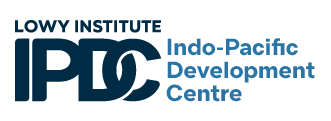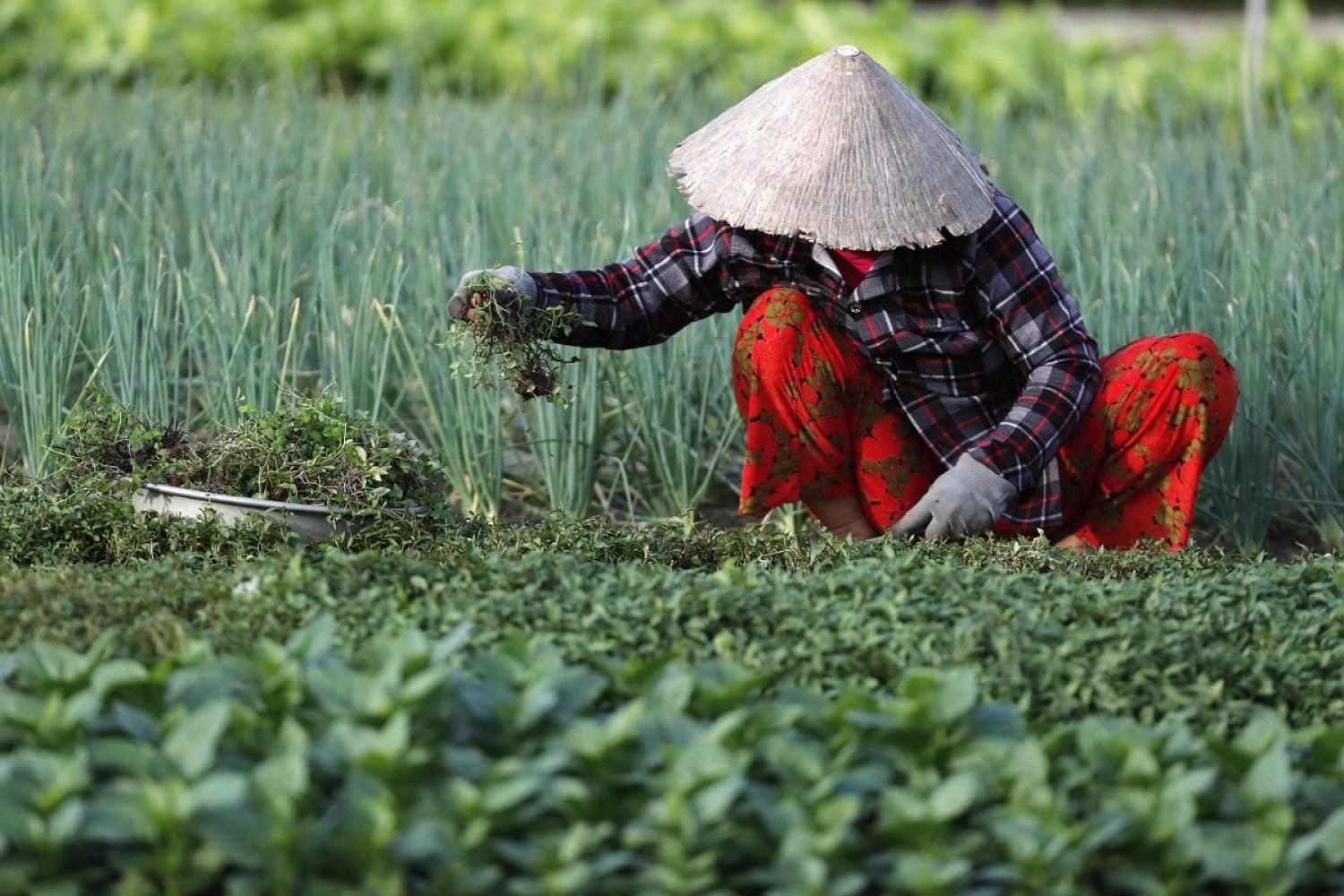You can’t manage what you can’t measure, as the adage goes. And in terms of measuring gender equality and women’s empowerment, considerable barriers exist. While significant advances have been made in regions such as Southeast Asia towards these goals, new analysis using the Lowy Institute’s Southeast Asia Aid Map shows that the world doesn’t have a good handle on international financing for gender equality.
Gender discrimination in Southeast Asia remains high compared with the rest of the world, and the economic cost of discriminatory social institutions in the region will amount to around US$200 billion to 2030. Aside from the economic impacts, this paradigm also manifests in measurably poorer health and education outcomes for women in Southeast Asia, as well as experiences of gender-based and sexual violence, including female genital mutilation. The extent and forms of gender discrimination vary widely across the region.
The economic development of Southeast Asia, and the achievement of poverty reduction in the region, is substantially hindered by women’s political and economic disadvantage. But progress is being made. All Southeast Asian countries have ratified the 1979 Convention on the Elimination of All Forms of Discrimination against Women. At a regional level, the Association of Southeast Asian Nations (ASEAN) has also published a Committee on Women Work Plan 2021–2025, aimed at advancing gender equality and women's empowerment. Nevertheless, the 2021 ASEAN Gender Outlook notes significant amplification in experiences of inequality by rural, poor or ethnic minority women. Importantly, both regional documents emphasise a troubling lack of data to monitor progress and inform policy.
Some development partners – mostly the traditional bilateral partners such as the United States and Australia – publish and freely report their gender-related financing, that is, financing directed to tackling gender inequality and empowering women. Others – such as China and India – do not. Multilateral development banks such as the Asian Development Bank (ADB) do report to the OECD’s public database, but their various internal categorisation systems don’t match, meaning data is entered inconsistently. Among many other discrepancies, the ADB’s system comprises four tiers, and the OECD’s only three. There is no internationally employed standard for reporting on gender-related financing, and it’s therefore almost impossible to compare what donors are doing or build a true picture of what is being spent, where, and by whom.
To address this challenge, a novel methodology was applied to the Southeast Asia Aid Map dataset. Jessica Collins previously applied a similar methodology to the Lowy Institute’s Pacific Aid Map.
Using a four-step filter and screening process, we found an additional $3.4 billion (2021 constant US$) in gender-related financing from 2015–21 in Southeast Asia, on top of the $34.4 billion that had been self-reported by donors. Together, this amounts to 19 per cent of the total that was spent on development in Southeast Asia over that seven-year period. This methodology is undoubtedly imperfect, but its intention is to plug some of the information gaps and increase transparency in foreign aid and development finance.
The donor that appears to be most significantly under-reporting its gender-related financing activities is the ADB, for whom an additional $2.7 billion (31 per cent of what they had self-reported) was tagged. The ADB is also by far the region’s most generous gender-related finance provider – to such an extent that they held this position comfortably even without the additional 31 per cent.
The ADB’s internal measurement system is robust, but doesn’t easily translate to the OECD’s method, meaning that information – and dollars – fall through the gaps. The ADB was not alone among major spenders on gender-related finance: we found an additional $19.8 million in gender-related finance provided by Japan, and more than $10.3 million from the World Bank. The problem is particularly pervasive in multilateral development banks and funds, including The Global Fund to Fight AIDS, Tuberculosis and Malaria, the International Fund for Agricultural Development, and the Green Climate Fund. This is likely because they each tend to employ different methods of reporting, which are on their own merit detailed and rigorous, but lack compatibility with any widely used system.
On a global scale, these aren’t big sums. And under-reporting seems much better than over-reporting. But data gaps in this sense are damaging in their own way. A lack of transparency risks inefficient duplication or crowding out of more much-needed finance. Inefficient allocations already exist in this sector – with signs of significant gaps in donor gender targeting compared to the degree of gender inequality within countries (see chart).
Donors who are serious about improving outcomes for women in Southeast Asia and across the developing world – especially multilateral development banks such as the ADB and the World Bank – will need to consider standardising their reporting processes, perhaps in the first instance with the OECD’s guidelines, which are already widely used by traditional bilateral partners. The initial administrative burden might be unappealing but the impact on the sector could be, fittingly, immeasurable.
The forthcoming update to the Southeast Asia Aid Map will feature a gender-related finance marker built using this methodology.


